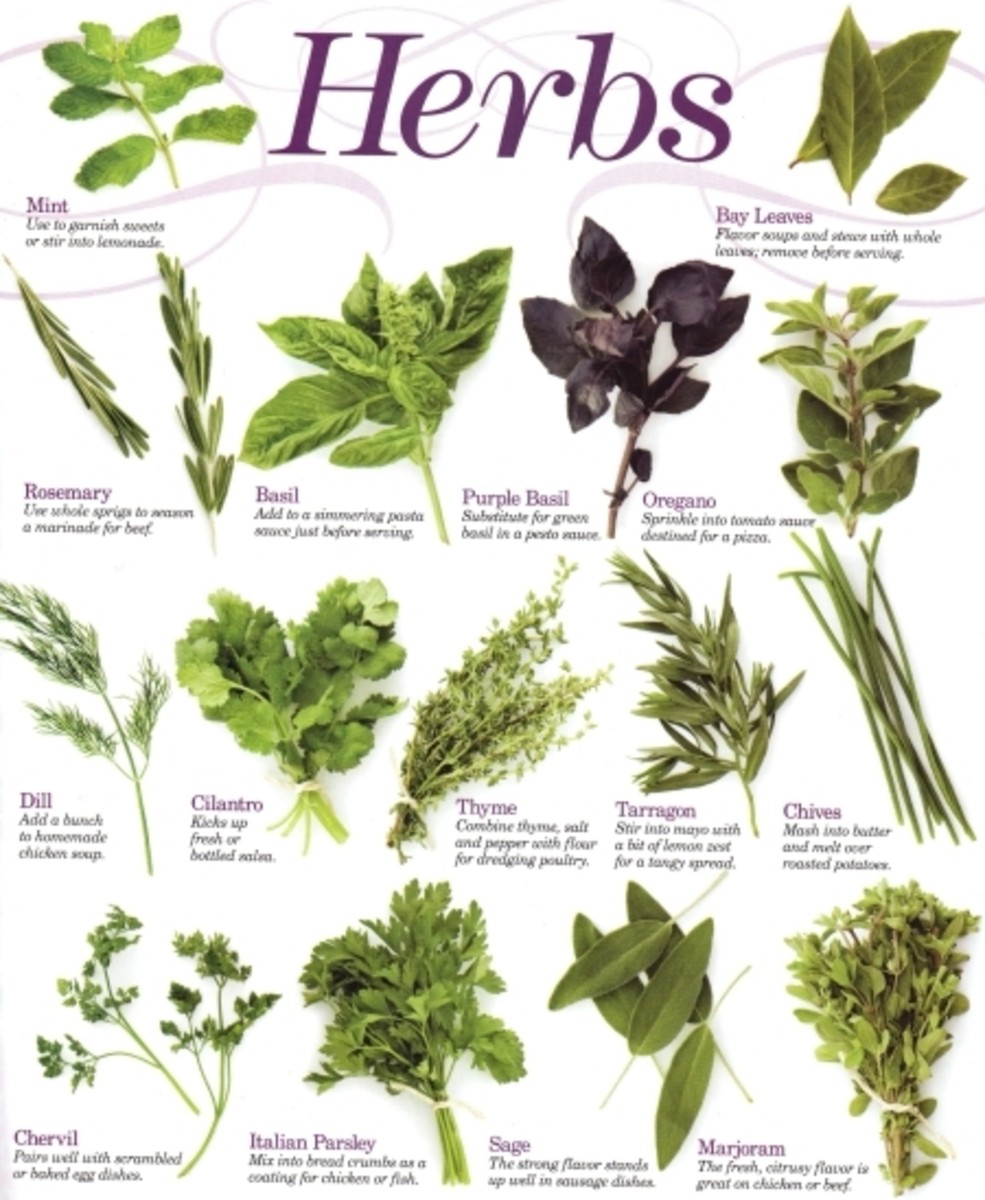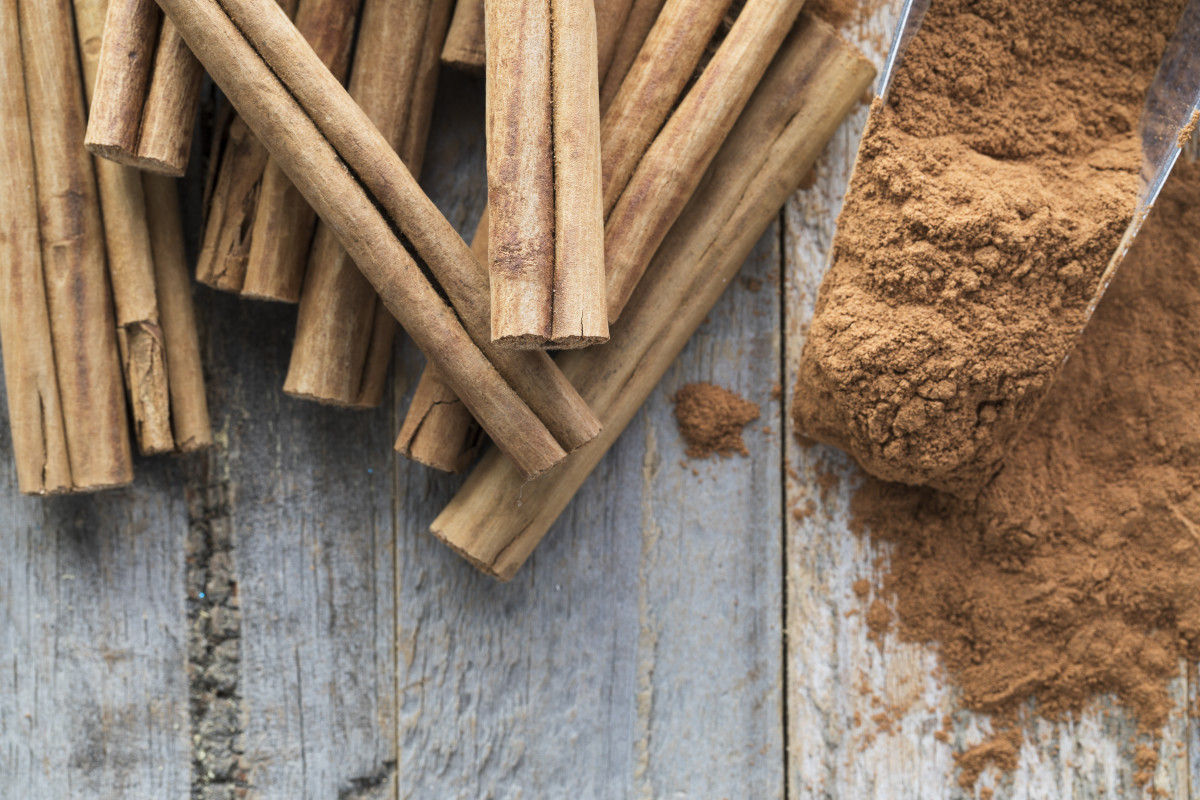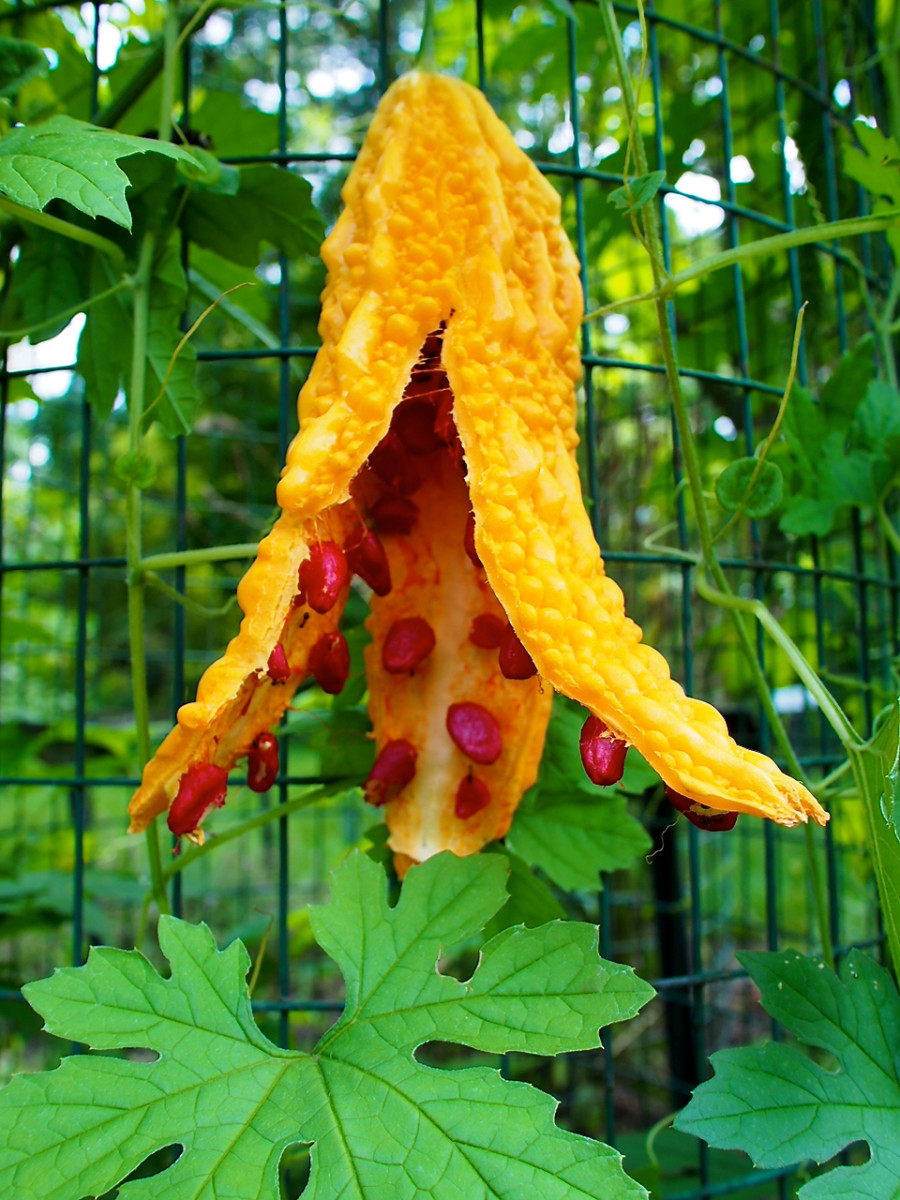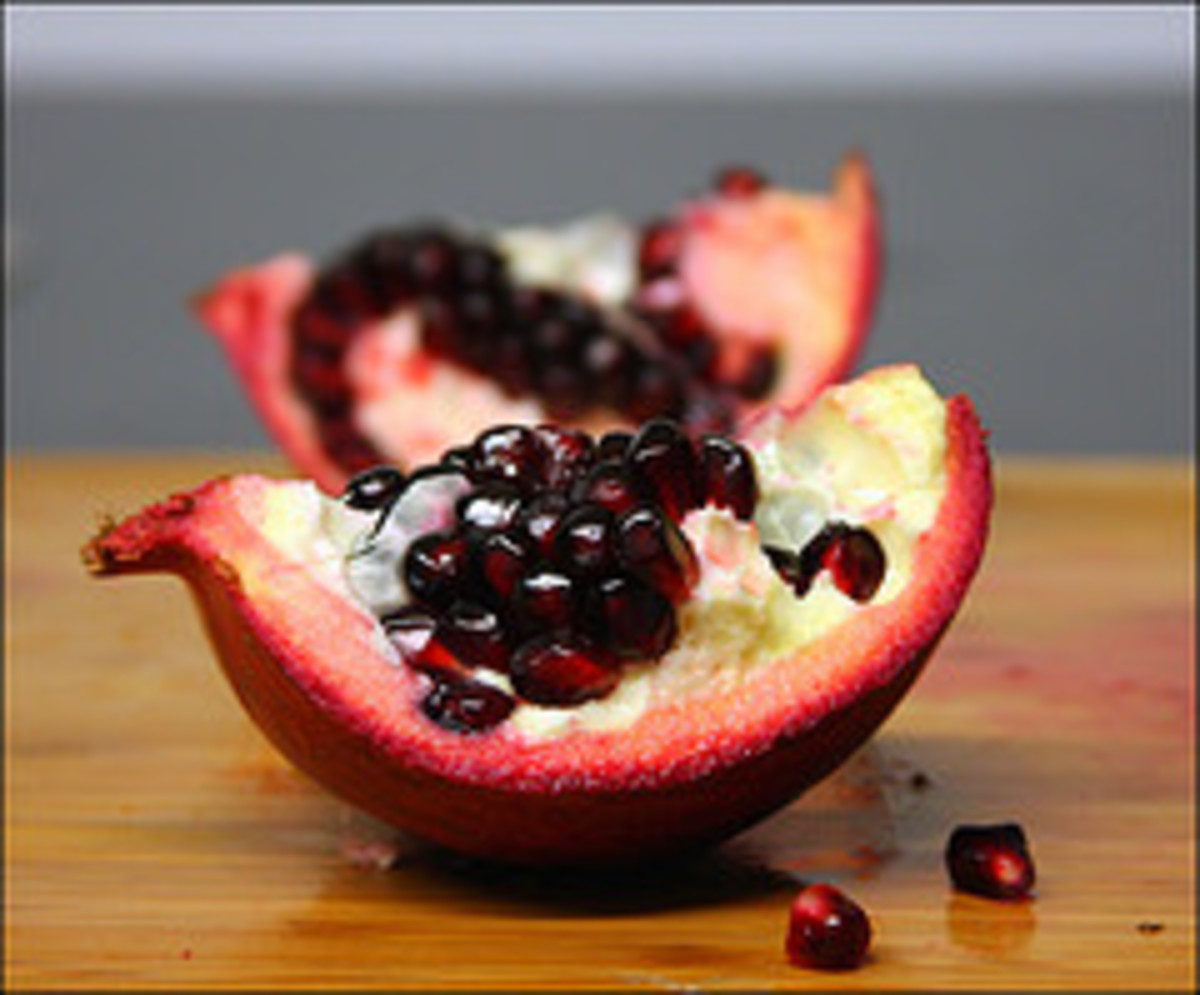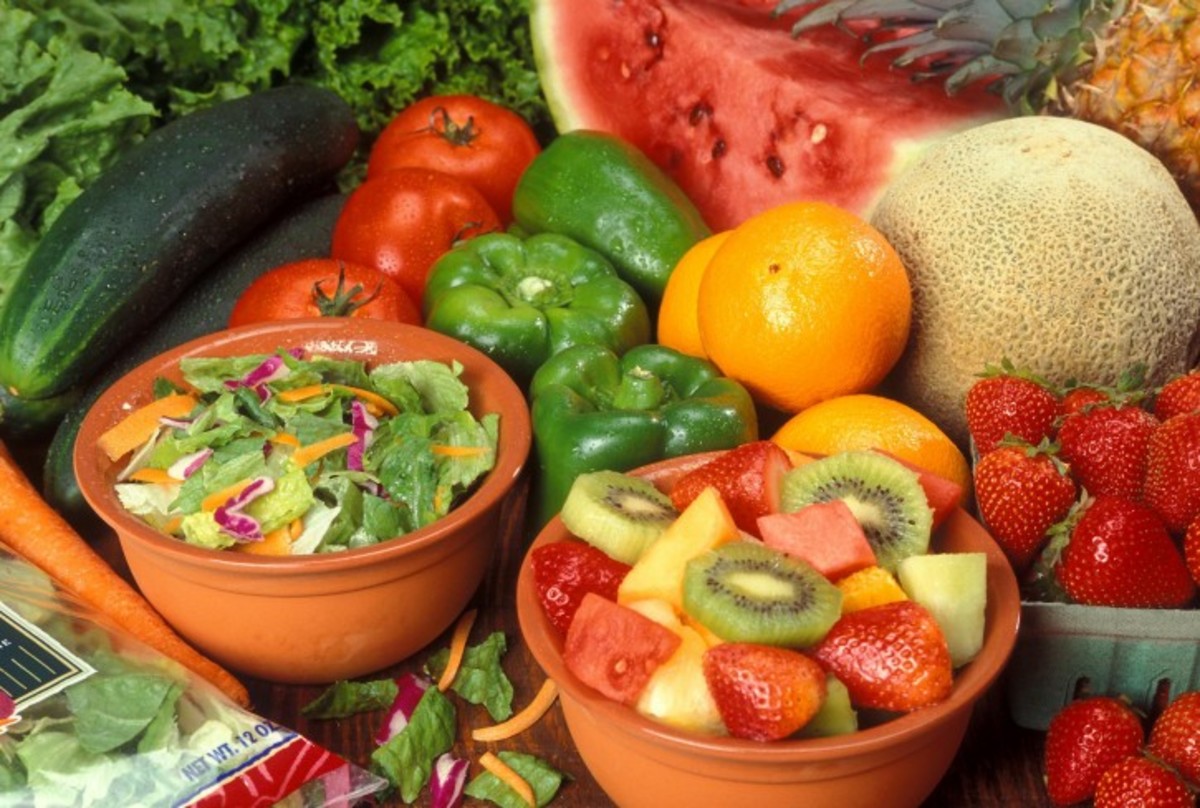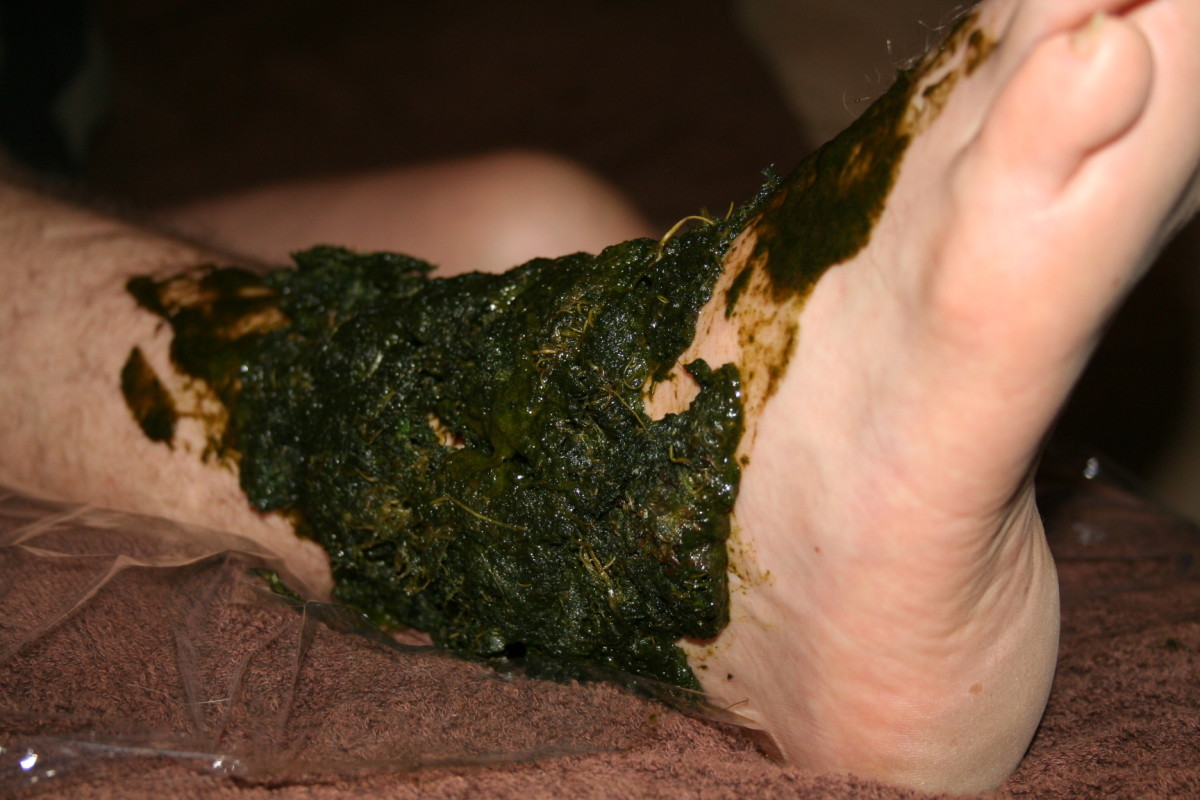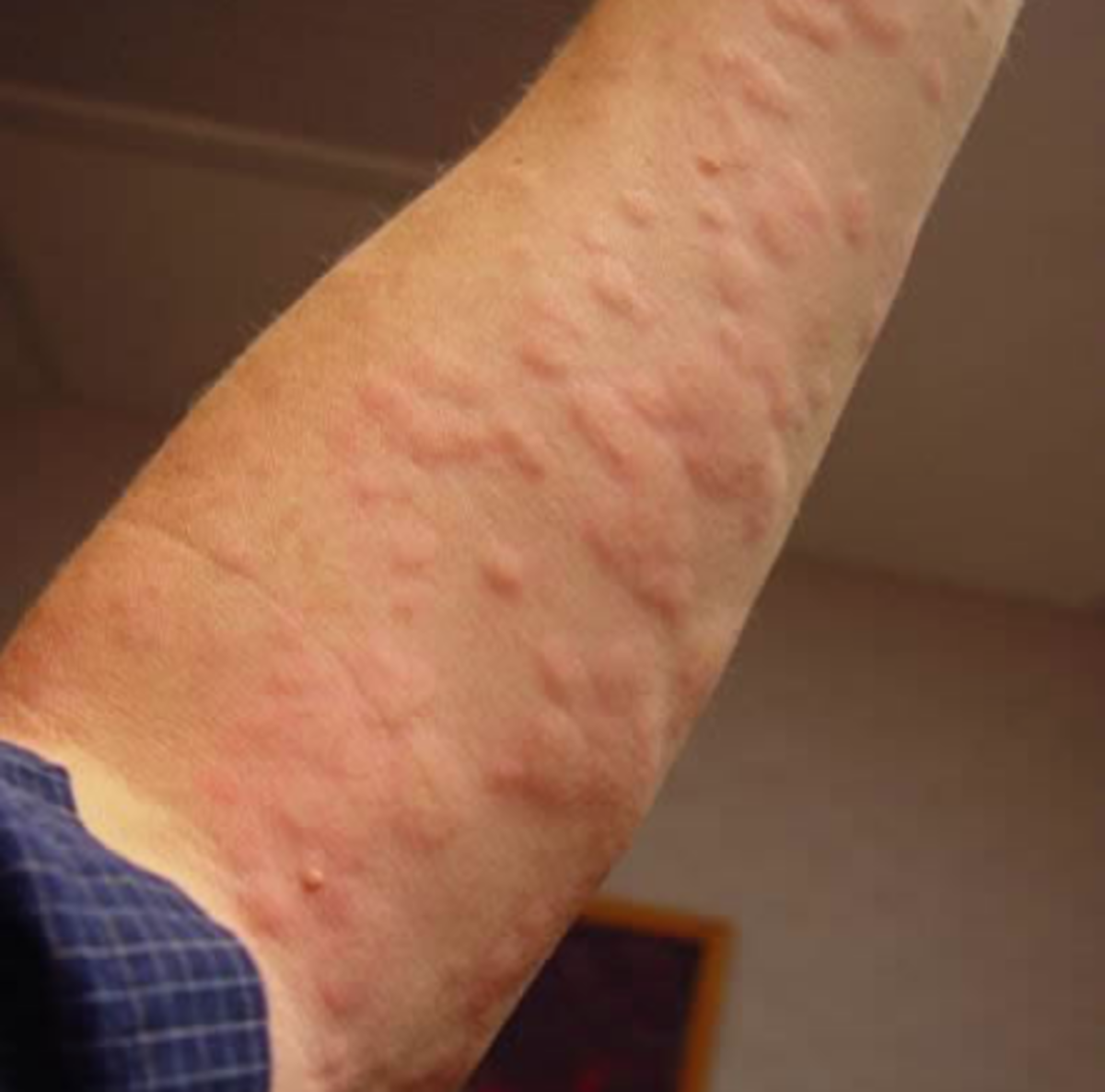Cinnamon Is the New Cure-All, but Are You Getting More Than You Bargained For?
The FDA Says the Bulk of Spices Sold In the U.S. Are Imported and They Are Adulterated
Move over apple cider vinegar, there’s a new cure-all in the news! Sometimes it seems as though there is a new magical cure-all every week.
The March 2014 issue of Scientific American reports that the U.S. Food and Drug Administration – a fairly credible agency of our government – says that about 12% of our spices are imported from other countries and that imports make up the “bulk” of spices used and sold here in the U.S. The U.S. Food and Drug Administration further states that those imported spices “exceeded federal limits on the maximum levels of natural or unavoidable defects.”
I am not just referring to the spices packaged and sold individually in the spice isle of your favorite grocery store, but the spices included in processed foods and in restaurant food, as well.
Why is that a big deal? Well, it seems most other countries do not have the same regulations and standards that we have here. As a result there is more included in the imported spices than most people might care to have.
Yes, it is good business to give the customer a little extra and that has always been true. However, when that little extra is finely ground insects, mold, rodent excrement and hairs, well, some of us might prefer to get a little less for our money.
Yes, you read it correctly. Imported spices tend to have a fair amount of what we can basically refer to in this article as filth included in them. Some bits of filth include “objects large enough to be spotted by consumers, [but] many contaminants are merely microscopic fragments,” (FDA as reported in Scientific American magazine).
John Matson, writing for Scientific American gave the example of a two-ounce jar of paprika. According to the FDA it would need to contain approximately 170 insect fragments and/or 25 rodent hairs (or particles of feces) to be considered over the acceptable limits for undesirable ingredients – and many imported spices do meet that requirement.
See the partial graphs/charts provided for some indication of how much filth is in the average package of listed spices.
Cinnamon Tree
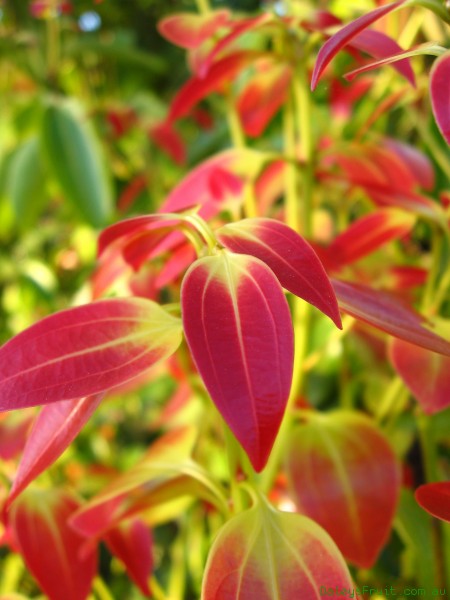
Cinnamon Trees
The cinnamon tree is a highly ornamental tree and the source of cinnamon spice. The spice itself is the bark that is peeled from the branches after 2 years. After scrapping the bark leave for a day so that the inner bark curls into cinnamon sticks as it dries. (Daleysfruit.com.au)
Bark of the Cinnamon Tree
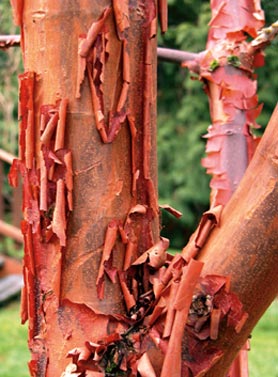
Cinnamon As a Type II Diabetes Treatment or Cure or An Arthritis Treatment
Cinnamon has gained a reputation as a means to treat and cure many ailments, among them type 2 diabetes. However that reputation is based on just one small study and in fact the results of that study were mixed and not at all conclusive, nor is the study considered to have been conducted correctly in order to give any results credibility. (Cinnamon has had no effect whatever on type 1 diabetes.)
M. Regina Castro, M.D., of the renowned Mayo Clinic agrees that it is debatable as to whether or not cinnamon is useful in lowering blood sugar and that more research is needed to confirm that cinnamon is helpful in the treatment of type 2 diabetes.
WebMD concurs that cinnamon has no proven positive effects on diabetes or arthritis and that taking supplements can be toxic in some cases, especially in high doses. Cinnamon may interfere with other medical treatments a person is receiving, so always consult your doctor before embarking on self-treatments even with natural herbs.
For any study to be given serious consideration it must have been conducted by the scientific method and ideally it will have been repeated several times ending with the same results. At this time there is no solid evidence that cinnamon has any measurable effect on type 2 diabetes.
The New York University Medical Center report recommended that people with known kidney or liver disease avoid cinnamon supplements. It is also recommended that pregnant women avoid the supplements. See the New York University reference below (Safety Issues) for more detail on this recommendation.
Different Kinds of Contaminants In Imported Spices
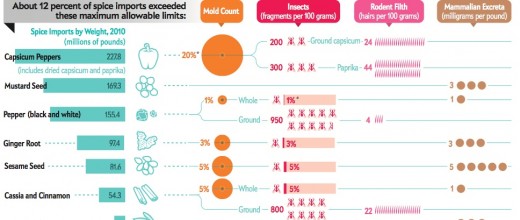

What Is Cinnamon and Where Does It Come From?
“Cinnamon comes from the bark of a small Southeast Asian evergreen tree and is available as an oil, extract, or dried powder. It's closely related to cassia (C. cassia ) and contains many of the same components, but the bark and oils from C. zeyleanicum are thought to have a better flavor.“
(New York University).
A Consideration Regarding the Claims About Cinnamon As a Cure for Anything
Even if studies were to find solid evidence that cinnamon is useful in a particular treatment for a particular medical issue, how can researchers be certain it is the cinnamon that is addressing the medical issue when such a high percentage of the cinnamon is made up of contaminants such as insect fragments, mold, rodent excrement and/or hairs, and other impurities?
How could researchers, given the contents of cinnamon according to the FDA, be certain it was not one or more of the so described ‘contaminants’ that was causing the desirable effects of a particular treatment, since so much of imported spices, including cinnamon, are made up of that material?
What if it is the insect fragments or something in the rodent feces that is having the beneficial health effect on a person’s ailment? How can researchers be certain it is the spice rather than the impurity that is making the medical difference, if such a difference were to be found?
Sources:
Scientific American Spice Graph
http://www.scientificamerican.com/article/spice-imports-carry-lots-of-filth/
NYU (New York University) on Cinnamon (August 2013)
http://www.med.nyu.edu/content?ChunkIID=21672
Cinnamon and Diabetes Mayo Clinic
http://www.mayoclinic.org/diseases-conditions/diabetes/expert-answers/diabetes/faq-20058472
WebMD on Cinnamon Healing Powers
http://www.webmd.com/vitamins-and-supplements/lifestyle-guide-11/supplement-guide-cinnamon
© 2014 C E Clark

